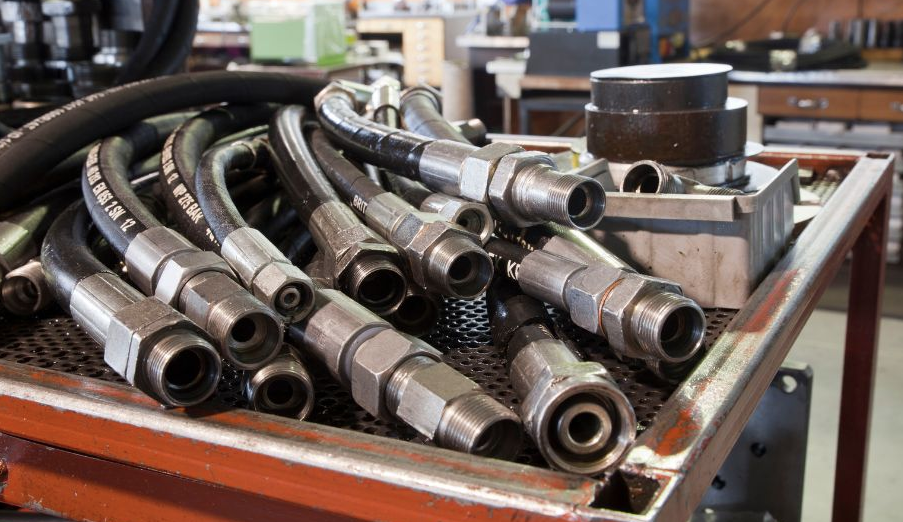
High Voltage Testing: Dangers and Solutions
• High voltage refers to voltage exceeding 1000 Volts AC or 1500 Volts DC, used in power generation, distribution, rail networks, petrochemical refineries, and commercial properties.
• High voltage systems pose a significant hazard due to energy levels, causing electrocution and serious burns.
• Arcing is an effect where high voltage electricity can travel through the air, making it crucial for high voltage test equipment to have long probes.
• High voltage testing should only be performed by competent persons fully instructed in safe systems of work.
• Common form of testing on high voltage systems is voltage detection or indication.
• Seaward KD1E is a robust and portable AC/DC HV Potential voltage indicator that conforms to recommended creepage, clearance, and safety standards.
• A 'Proving Unit' like Seaward's PH3 is used to generate a high voltage to test the operation of the detector or indicator before and after proving 'dead'.
• It is essential to have the correctly rated detector/indicator and proving unit for the job and the application they will be used on.




